Ashwagandha Sustainability and Traceability
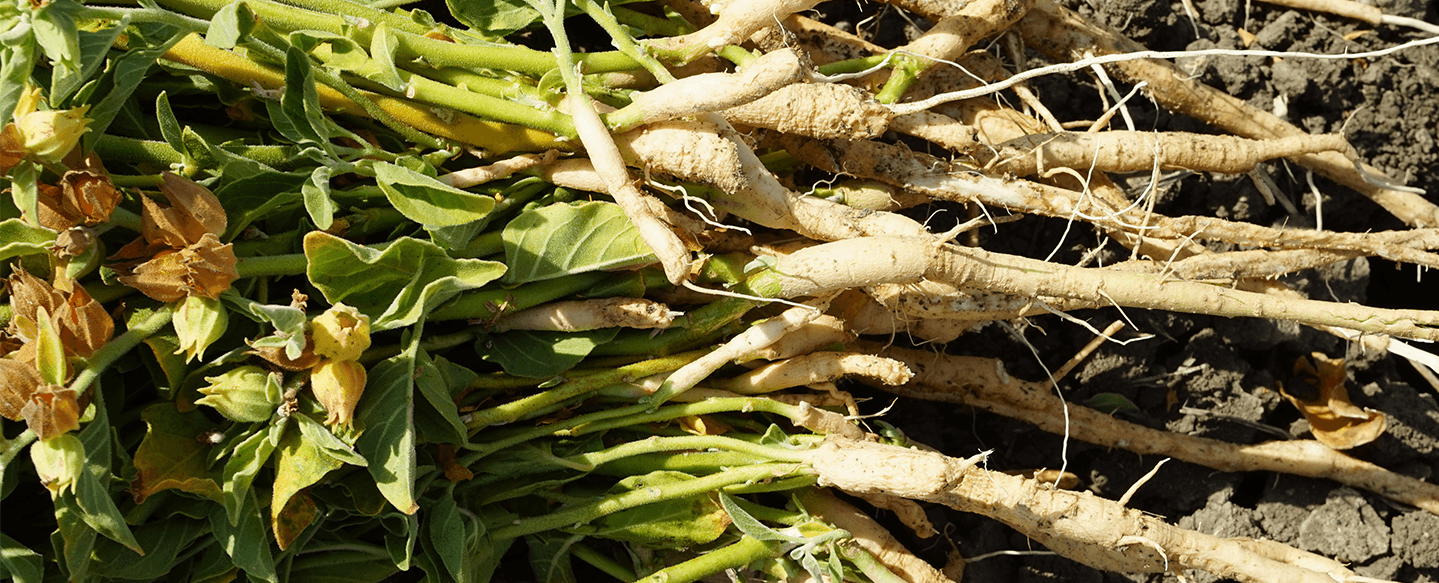
Ramganjmandi, Rajasthan India
By Chris Kilham
Smells Like a Horse

Chris Kilham is an ethnobotanist and founder of Medicine Hunter Inc.
Ashwagandha refers to the dried roots of Withania somnifera (Solanaceae), a woody shrub found wild and cultivated in India, Africa, and the Mediterranean. Ashwagandha’s use dates back 4000 years, and the root is often referred to as The King of Herbs. It is a principal remedy in the 5000 year old Indian medicinal system of Ayurveda, which means “The Science of Life.”[1]
Common names include winter cherry, Indian ginseng, and Ayurvedic ginseng. However, to be clear this is not a ginseng at all.
The name ashwagandha means “smells like a horse.” Ashwa is the Sanskrit word for horse, gandha means the smell. In foundational Ayurvedic texts, such as the Charaka Samhita, ashwagandha is also said to impart the strength of a horse. Commonly employed to promote energy, endurance and stamina, in addition to relieving stress and promoting mental alertness, ashwagandha is classified as a rasayan, a life extender. It is further known as a Medhya rasayan, a rejuvenator of the brain and mind.[1]
One of Top Ten Most Popular Herbs
The ashwagandha root is used widely as a plant medicine. It is rich in withanolides (steroidal lactones), alkaloids, glycosides, fatty acids, chlorogenic acid, and numerous amino acids. Other compounds present in the root include sitoindosides, saccharose, B-sitosterol, hentriacontane, scopoletin, dulcitol, and chlorogenic acid.[2]
Traditionally recommended for aphrodisiac, anti-aging, anti-asthma and rejuvenating purposes, ashwagandha shows benefits as an adaptogen, helping to maintain homeostasis in times of stress, improve psychomotor skills, and enhance mental calculation and reaction times. It demonstrates anti-inflammatory and anxiolytic activity, improves sleep, supports overall reproductive and sexual health, enhances cardiovascular function, and acts as an immunomodulator. [3]
While ashwagandha has been widely known in Ayurveda and to the general botanical community for a long time, the root and its preparations have shot to the top ten most popular herbs in the natural chain only over the past few years. This appears due to increased promotion of the root and its extracts, a growing body of science on the benefits of ashwagandha, and an overall increase in interest in the adaptogen class of herbs.
Where and How it Grows
I have investigated ashwagandha growing in India on ten projects since 1983, and have visited pilot cultivation outside of Bangalore and in the Eastern Ghats of southern India. Still I had not seen significant cultivation of the plant for trade. In 2017, I traveled with Kartikeya Baldwa of KSM-66 ashwagandha to Ramganjmandi in Rajasthan India, which has emerged as an ashwagandha cultivation “breadbasket.” There I saw large, widespread ashwagandha cultivation and the harvesting of the roots. In the spirit of full disclosure I work as an advisor to Ixoreal, who makes the KSM-66 extract. And while the methods and practices I outline here are part of that company’s operating methods, many are also typical and common to the overall ashwagandha cultivation and harvesting scene.
Ramganjmandi is a municipality in the Kota district of Rajasthan, the largest state in India. Ramganjmandi is known for its strong position in the coriander trade, and now is also the scene of ever-expanding ashwagandha cultivation. Ixoreal operates over 1600 acres of ashwagandha cultivation. Thousands more hectares of other people’s ashwagandha crops surround the Ixoreal farms. Most extractors and finished product purveyors of ashwagandha are not vertically integrated. Thus they buy root on the open market on an as-needed basis.
Planting Cycle
Ashwagandha favors dry sandy soil, and does not tolerate much water. Typically planted by seed in August and harvested February through March, ashwagandha signals that it is ready for harvesting when the green leaves of the plant turn yellow. This change in coloration commences the harvesting season. In the case of certified organic ashwagandha root cultivation, all aspects of building soil fertility, cultivation and processing are conducted according to guidelines that conform with those set out in the standards for USDA Organic certification.
This schedule of farm activity from planting to harvest gives the particulars of the ashwagandha crop cycle. Unlike ginseng or other crops that may take years to mature, ashwagandha is ready for harvest approximately six months after planting seed. The relative ease of ashwagandha farming and its short life cycle have helped the ascendancy of this herb as a viable economic crop.
All aspects of ashwagandha harvesting and initial cleaning and preparation are performed by hand.
Women Harvesters
Wage disparity between men and women is a global problem and poverty wages are common throughout the herb and spice trade. That said, the botanical trade offers women work in harvesting, processing and cleaning herbs, and this enables them to gain an economic foothold, however modest. This results in better nutrition, clothing and essentials for families, and can help to improve the overall quality of life. The ashwagandha crop is harvested mostly by local women in the area of Ramganjmandi. These women have grown up with each other, know each other’s families, and form a tight-knitted community.
Harvesting roots involves digging around the plant with a slender pick, and then pulling the root by hand. The women who harvest ashwagandha are experienced and perform this task quickly and efficiently.
Parts Used in Medicinal Preparations
Looking like slender white carrots, freshly harvested ashwagandha roots are ready to be topped. As with virtually all agricultural crops, ashwagandha is graded for high or low quality. Small or damaged roots are sent into the general ashwagandha market for re-sale while larger sized and fully healthy roots are saved for extraction.
The tops of ashwagandha are not used in medicinal preparations, and the inclusion of aerial parts or their extracts is considered adulteration. This is according to experts at India’s National Center for Ayurveda and the ABC Botanical Adulterants Prevention Bulletin on Ashwagandha Roots and Extracts. The vegetative tops must be removed. The ashwagandha is placed on the block and a hatchet is used to chop off the top. This is a simple, low impact activity.
The root is harvested and the tops chopped off. It is ready for washing with fresh water and sun drying. The roots will undergo secondary washing and drying prior to extraction, to ensure cleanliness.
Sustainability
While organic cultivation and processing are highly valuable, they are not sufficient in and of themselves to define true sustainability. In a sustainable system, every part of that system will flourish. In the case of Ixoreal and the community around Kota, the company shares benefits in accordance with the principles outlined in the Convention on Biological Diversity. The company provides funding to schools and for community medicine and job creation.
Companies in the botanical industry are beginning to recognize the critical need to support the communities involved with their botanical projects. We see this with projects ranging from acai harvesting in Brazil to maca cultivation in the Andes. By contrast numerous companies do not understand sustainability. Instead, they work assiduously to create downward pressure on botanical costs, when exactly the opposite should occur. Botanicals should cost more – a lot more, and the majority of any increases in costs should rightly accrue to those who perform backbreaking labor so that our companies can make millions.
Traceability
In the case of a vertically-integrated program such as the one operated by Ixoreal, traceability is an easy matter of recording lot numbers, harvest days, totals, and following those lots through processing and extraction. Additional documentation and procedures of traceability are also part of various other certifications such as ISO criteria.
Companies who acquire certified organic ashwagandha benefit from built in traceability procedures. Their responsibility from that point forward is to maintain documentation and a clear chain of trade.
Traceability may be absent or limited when companies buy non-organic ashwagandha. These companies are the most vulnerable to potential problems that may arise as a result of undesirable practices including use of banned agricultural inputs, improper use of approved substances, adulteration with other plant materials, or admixture of aerial parts of ashwagandha.
Ashwagandha root, with a host of traditional benefits corroborated in double-blind, placebo-controlled peer-reviewed scientific studies, is a rising star in the botanical trade. With certified organic cultivation and attention to quality, ashwagandha can benefit health while serving as a model for sustainable production practices.
Chris Kilham is an ethnobotanist who works with medicinal plants, foods, herbs and spices all over the world. He is the founder of Medicine Hunter Inc and supports the botanical industry via hundreds of informative media appearances around the globe. MedicineHunter.com
- Pingali U, Pilli R, Fatima N. Effect of standardized aqueous extract of Withania somnifera on tests of cognitive and psychomotor performance in healthy human participants. Pharmacognosy Res. 2014;6(1):12–18. doi:10.4103/0974-8490.122912
- Ashwagandha: Dr Duke’s Phytochemical and Ethnobotanical Databases Search February 12 2020.
- Singh N, Bhalla M, de Jager P, Gilca M. An overview on ashwagandha: a Rasayana (rejuvenator) of Ayurveda. Afr J Tradit Complement Altern Med. 2011;8(5 Suppl):208–213. doi:10.4314/ajtcam.v8i5S.9

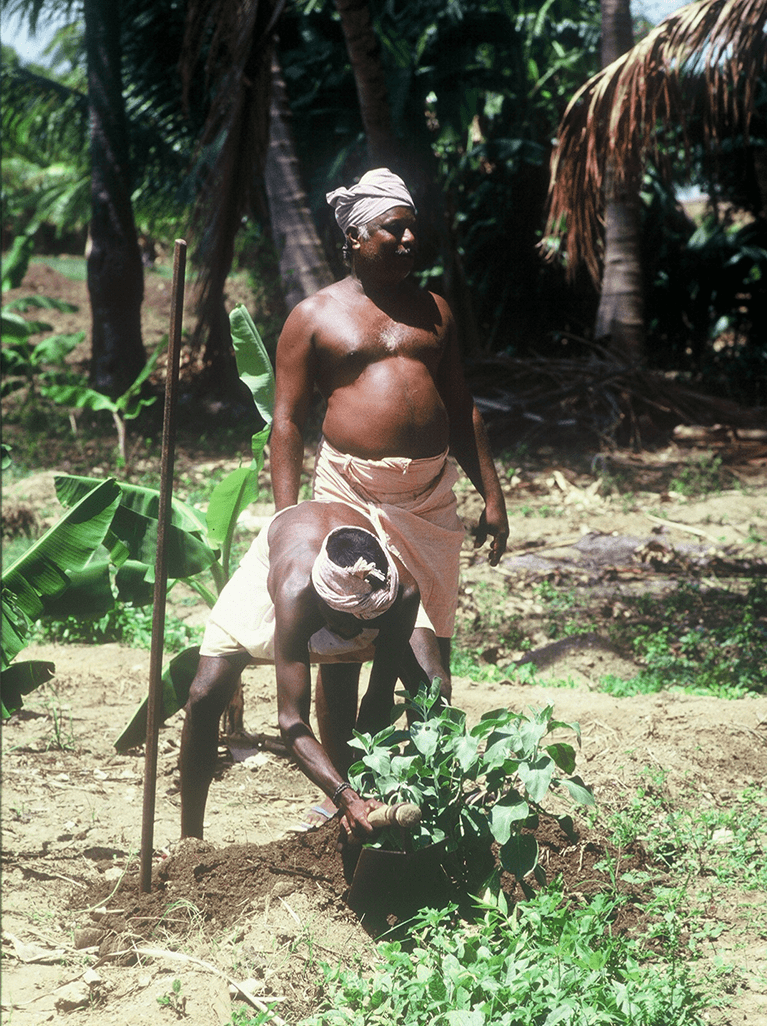
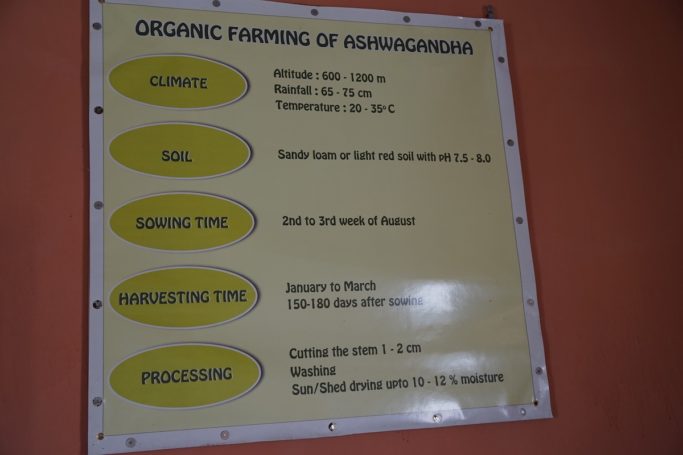
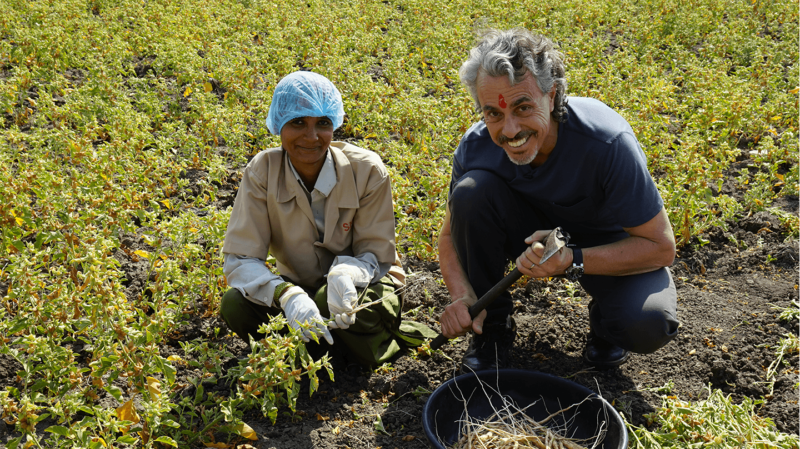
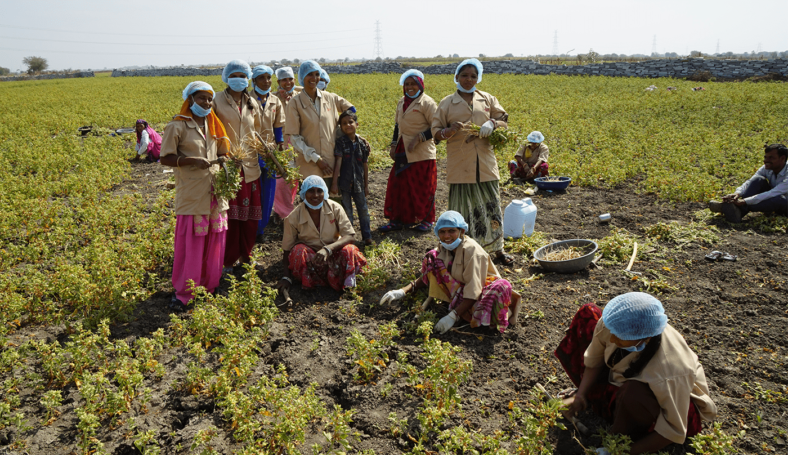
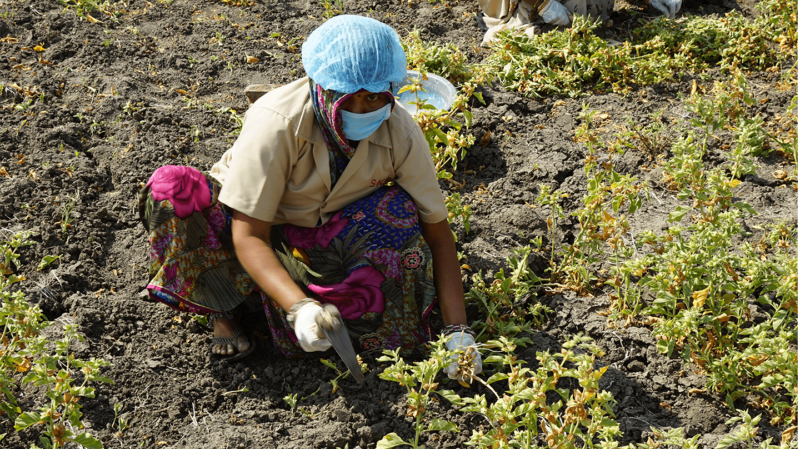
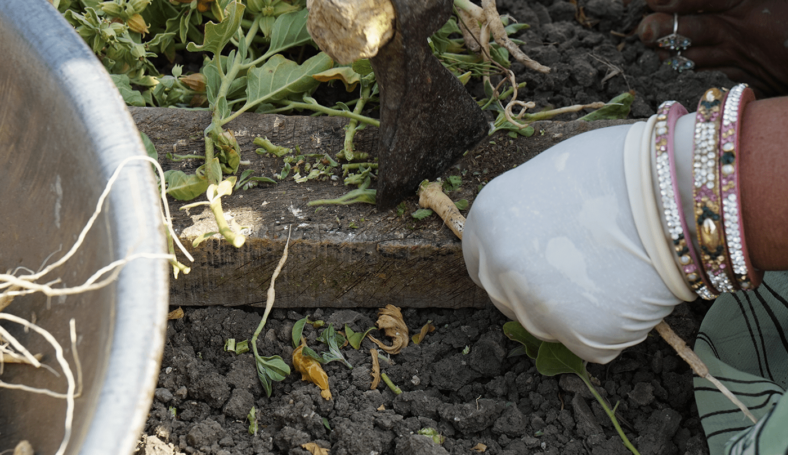
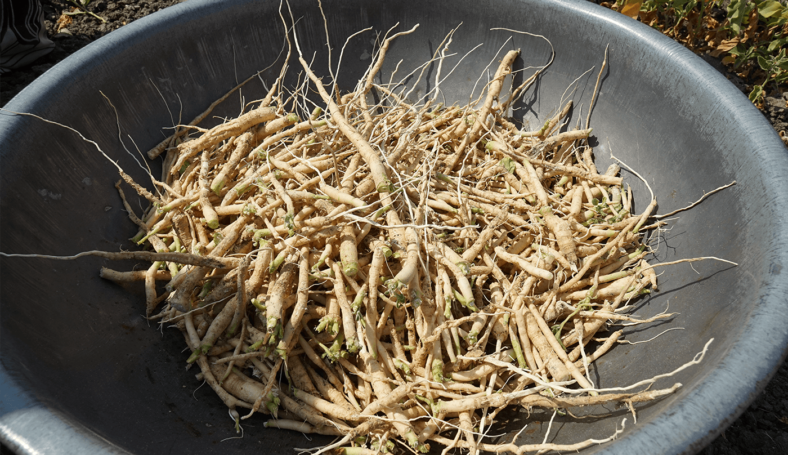

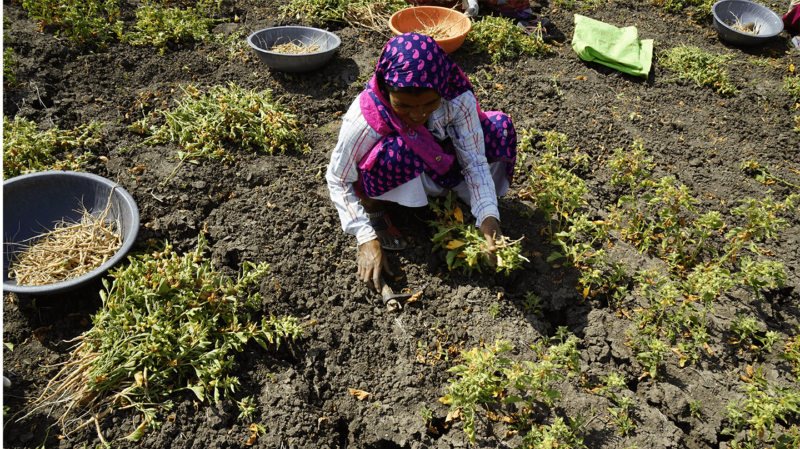
Comments